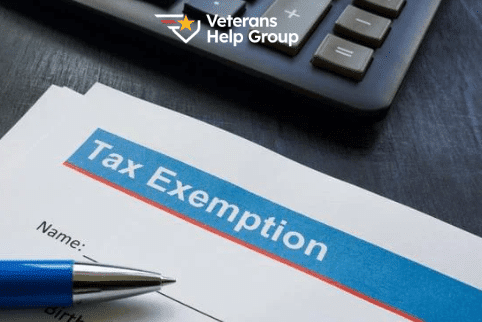
Table Of Contents
VA Disability Ratings for Lupus
Lupus, or systemic lupus erythematosus, is an auto-immune condition that can cause a variety of symptoms, including:
- Fatigue
- Joint pain / arthritis
- Fever
- Swollen glands
- Rashes or sores
- Inflammation in the lining of the heart or lungs
- Abdominal pain
- Headaches
- Dizziness
- Depression
- Swollen legs
- Hair loss
- Sun sensitivity
If you can establish a service connection for lupus or show that your lupus was aggravated by your military service, you may qualify for VA disability benefits. The amount of benefits you receive will depend on your VA disability rating.
How the VA Rates Lupus
VA disability ratings for lupus are based on the frequency and duration of exacerbations.
The options are:
- 10% VA disability rating with exacerbations once or twice a year or if the claimant was symptomatic within the previous two years
- 60% VA disability rating with exacerbations lasting a week or more two or three times a year
- 100% VA disability rating with frequent exacerbations resulting in severe impairment of health
But the rating a veteran with service-connected lupus receives may be different. That’s because if the veteran has residuals from the condition, they may be evaluated either under the schedule above or based on residuals–whichever results in a higher disability rating.
What Do These Ratings Mean for VA Disability Benefits?
Your VA disability rating determines the amount and types of benefits you receive.
Here’s what a veteran can expect at each of the disability ratings above in 2025:
- At the 10% disability rating a veteran receives $175.51 in monthly monetary benefits and healthcare services for the service-connected condition
- At the 60% disability rating the veteran receives $1,395.93 in monthly benefits (and may qualify for an increased amount with eligible dependents) and more comprehensive healthcare benefits
- At the 100% disability level the veteran receives $3,831.30 in monthly monetary benefits (and may qualify for an increased amount with eligible dependents), comprehensive healthcare including dental, and dependents may be eligible for certain educational and healthcare benefits
Secondary Connections Can Increase Your VA Disability Rating
One way a veteran may increase their VA disability rating is to claim benefits for one or more additional service-connected or secondary-connected medical conditions. Some conditions that may be secondary to lupus include kidney failure and heart disease.
Talk to a VA Disability Benefits Advocate Today
Lupus is a complex illness with differing symptoms and the risk of serious secondary conditions. Diagnosis is often delayed, which may make it more difficult to establish a service connection. To learn more about how an experienced disability benefits advocate can help you prepare the strongest claim or appeal possible, call 855-855-8992 right now or fill out our contact form here.
More Recent Veterans News Here:
Could Trump’s Federal Hiring Freeze Impact VA Medical Care?
Important PACT Act Update: VA Expands Presumptive Conditions – Easier for Veterans to Get Benefits
Dependency and Indemnity Compensation (DIC) Rates for 2025
VA Disability Payment Schedule for 2025
How Trump Admin Could Impact VA Policies and Veteran Benefit Access
2025 COLA for Disabled Veterans

VA Disability Benefits and Tax Exemptions: What You Should Know
VA Disability Benefits and Tax Exemptions: What You Should Know Written by: Schuyler Swanton,...

Veterans Help Group In The Community
Veterans Help Group in the Community Written by: Bobbi Boudi, Director of Community Outreach, Amy...

The Veterans Appeals Efficiency Act of 2025
The Veterans Appeals Efficiency Act of 2025 Several bills are currently pending in Congress that...





